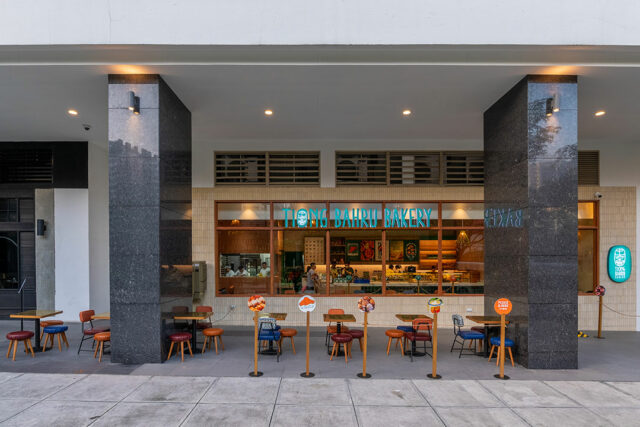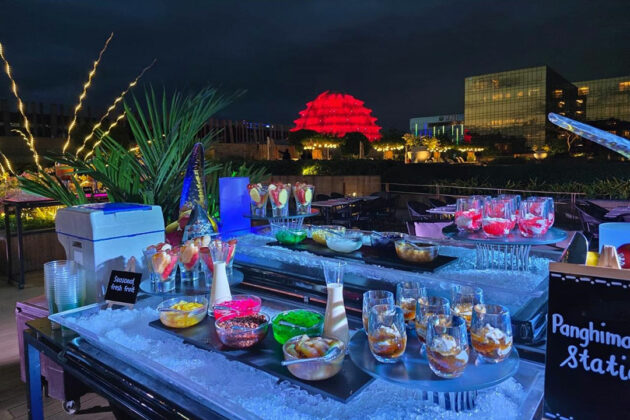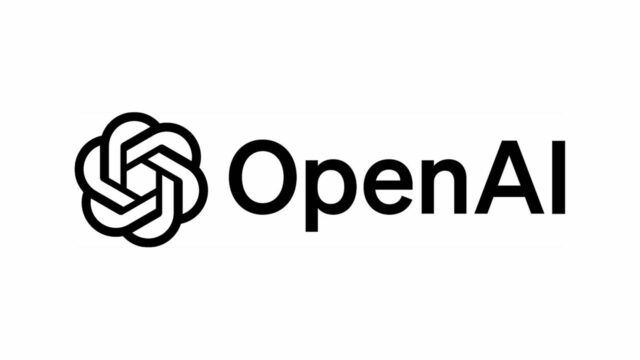A new wave of home coffee machines is producing perfect pour-overs
By Matthew Kronsberg
I’LL ADMIT IˆT. I’m an absolute sucker for evocative tasting notes on a bag of good coffee. Promise me hints of apricot marmalade, candied walnuts, honeysuckle or milk chocolate, and I’m in. Throw in a mention of Lambrusco and Grape Nerds? Even better. But having then shelled out some exorbitant sum of money for a bag of magic beans (even cheap coffee is getting very expensive lately), I’ll go home, start brewing and, more often than not, think to myself that it tastes more than anything like, well, coffee.
That’s not to say those tasting notes are a scam. There is an art to coaxing those promised flavors out of beans. Pour-over is the process tailored to do the job best, but executing it well demands a level of focus and precision I often lack, particularly first thing in the morning before I’ve had any coffee. You need to weigh and grind the beans just so, heat water to the precise temperature recommended for that roast and then pour just the right amount of it over the grounds, at the right speed, at the right intervals, sometimes even in the right pattern. It can take longer to make a cup of pour-over than it does to drink it.
For some people, that’s just fine: They’re in it for the ritual as much as the result. “We’re seeing more and more customers getting away from pods and K-cups,” said Kelli Rognilie, director of marketing for retailer Seattle Coffee Gear. “They’re just wanting more out of their cup of coffee.”
To get more out of their cups without asking people to put in the time, manufacturers have been developing coffee makers which automatically replicate a lot of the pour-over process. It’s a development welcomed not just by coffee drinkers, but also by roasters, says Andrea Allen, co-founder of Onyx Coffee Lab in Bentonville, Arkansas. “People that source, roast, and brew coffee here in our cafe [are] able to put input into those recipes. You really are getting something that is very specifically engineered all the way from the way the machine is made, into the way that barista has decided that that’s like the best profile for this particular cup of coffee. It’s honestly an incredible advance.”
XBLOOM STUDIO ($499)
When Richard Xu was working as a product designer at Apple, Inc., he’d spend about $100 a month on a Blue Bottle subscription that delivered assorted exotic single-origin roasts. One day, a shipment of rare gesha beans caused a crisis of confidence. Mr. Xu, who has a Ph.D. in mechanical engineering, and knows “all the parameters that matter,” recalls thinking, “I can’t brew it. I’m going to ruin it.” He started questioning himself, then Blue Bottle: “Is this the right way for them to sell coffee of that caliber?”
Quality coffee, he decided, had a last-mile problem. Growers could raise incredible beans, and roasters could transform them with heat and package them beautifully. But when customers got them home, all bets were off. Xu’s fix was to make a coffee machine that could grind and brew, pour-over style, to a roaster’s exact specifications. He left Apple and in 2022 released the $699 xBloom Original. (He’s not the first Apple alum to go into the consumer coffee business: Douglas Weber decamped to Japan to make coveted gear, including the $1650 HG-2 manual grinder.)
In April 2024, xBloom released the follow-up, Studio, which also combines a grinder, scale, and brewer into a tall, slender, almost Bauhaus-esque device. Like the Original, its great party trick is a robotic arm-like mechanism that shuttles the filter between the grinder and the brewer head.
The simplest way to use the machine is to buy xBloom’s single-serve, whole-bean-filled pods, most of them made by a roster of small, independent roasters like Onyx Coffee Lab and Proud Mary. Each pack comes with an RFID, or radio frequency identification, embedded card with the coffee’s details. Touch the card to the top of the machine, and it sets the Studio to the roaster’s recipe. Pour the beans into the grinder, set the empty pod, which doubles as a filter, in its holder and press start. The 48-millimeter conical burr grinder adjusts to the preferred size and speed, and water streams out at the programmed rate and temperature. Between pours, the arm may even vibrate to agitate the coffee for better extraction.
You can also use your own beans with one of the preset brewing profiles in xBloom’s app or create your own, customizing every aspect of the process. The app even shows the progress of the brew, mesmerizingly charting the changing ratio of water to coffee. The scale, grinder, and hot water dispenser also work independently, so you can use them for everything from making tea to weighing ingredients for preparing dinner or baking a cake.
FELLOW AIDEN ($365)
For the last 11 years, Fellow has made some of the most stylish, functional coffee gear on the market. Their grinders, scales, and kettles frequently anchor coffee shop counters and are favored by people who take their pour-over coffee seriously. But there was one place Fellow’s gear was conspicuously absent, says founder Jake Miller: his mother’s kitchen. “She doesn’t use a single one of my products.”
That’s changed with the release of Fellow’s first coffee maker, the Aiden, designed to make pour-over-style coffee accessible to the Mr. Coffee set while offering the kind of precision and customization options coffee geeks demand. It has two principal modes of brewing: the one-touch instant brew and the more customizable guided brew. Like the xBloom, Aiden can brew to a roaster’s specification (or yours), with tweakable times and temperatures for each pour. A growing roster of roasters such as La Cabra and Verve already have preset brewing profiles on the machine for some roasts. Unlike the xBloom, Aiden can also serve as a batch brewer, making up to 50 ounces of coffee at a time.
Because the physics of making a cup of coffee differ greatly from making a carafe, the Aiden comes with small and large brewing baskets that ensure the grounds are evenly saturated, however much you brew. Control is via a single dial and a full color, circular screen that’s perfectly fine for scrolling through preset brewing profiles. For the complicated business of creating your own profiles — setting bloom times and tweaking temperatures — use the app.
Aiden also has a few features that set it apart from the pack, like a cold-brew setting that takes a Kyoto-style approach to the process: It begins with a hot water bloom, then very slowly drips room temperature water over the saturated grounds. It also has a preset option, so your coffee or cold brew can be ready when you walk into the kitchen (for the truly impatient, consider the Cumulus cold coffee machine, which uses capsules of concentrate to dispense ice-cold nitro-infused java into your cup in seconds). For the inveterate dial-twiddlers, it even has a hidden Easter egg, the shoot-em-up video game Spacey, playable on the brewer itself.
RATIO FOUR ($259)
If screens, menus, and apps are too much to deal with first thing in the morning (or ever), the Ratio Four is the way to go. Portland, Oregon-based Ratio was founded in 2012 with the intent of automating the pour-over process in the simplest way possible. Previous models, the Ratio Six and the Ratio Eight, were sleekly designed appliances geared more for brewing by the batch than by the cup.
The smaller-scale Four fills that gap and offers its own design distinctions, like a removable 22-oz water tank that connects to the brewer by a 14- inch-long hose wrapped in a slinky-like matte-black hose and a handblown, smoke —tinted borosilicate glass carafe.
The Ratio’s controls are limited to a single button, with a trio of lights that show the current stage of the brewing process: bloom, brew, and then ready. With just that one button, customization options are, unsurprisingly, limited. A long press tells it you’re making a smaller batch of coffee, so it shrinks the bloom cycle appropriately. After that, it pulse-pours water for two minutes before steadily adding the remainder. You can even swap out the brew basket and carafe for your own dripper and mug.
Like the xBloom and the Aiden, the Ratio Four is not built for speed. But if you’ve ever had a carefully made cup of coffee whose flavors revealed themselves the way they do with wine or whiskey, you know that a little wait can be worth it. Particularly if you don’t have to do any work. — Bloomberg

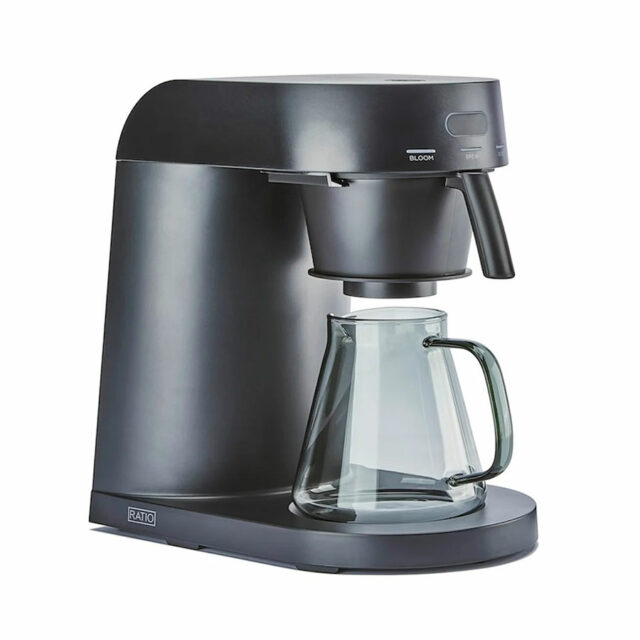
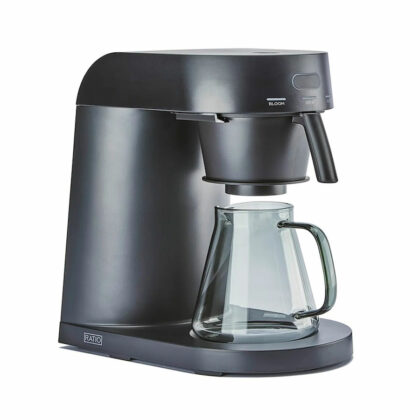
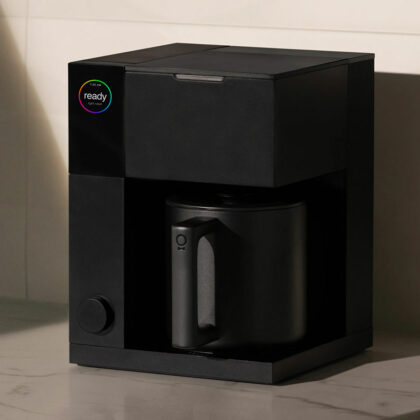



![BSP_3822-1024x683 [BW file photo]](https://www.bworldonline.com/wp-content/uploads/2024/04/BSP_3822-1024x683-BW-file-photo-640x427.jpeg)

